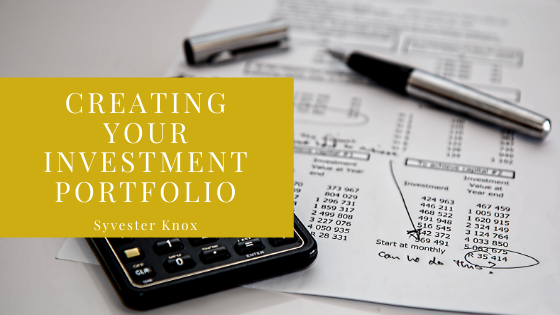Start with a good, close look at your current financial situation. Are you hurting for cash? Do you expect to start investing as a way of getting rich or to build a steady stream of income for retirement? The goals you set right now will guide the way that you invest and into what types of assets. You can create a portfolio in real estate, gold collectables, stocks, bonds, crypto or traditional currencies. You decide in the end.
The benchmarks you set have to be reasonable, however. What you aim for must align to what you’re capable of. Just consider it; if simply preparing for retirement is your ultimate goal, then how much influence would a 401(k) plan have on your future? You won’t need a special education in finance or even to check in with a broker. Modern IRAs are another retirement option that require little work.
If you have the passion to invest beyond these options, read the following steps.
Measure Your Risk
There’s a secret that your broker or financial advisor may have simplified—just to get you into the market. The best investors in the world lose up to 50 percent of the time. You see enduring losses shouldn’t be difficult. However, if you’ve gotten into an investment and find yourself worrying, stop. The loss factor is expected, but when the losses dictate your emotional state, there’s too much at risk.
You should not only see consistent growth from among the losses, but you should find yourself handling a bad investment well. Measure your risk before you start.
Allocate Your Assets
Now is when you put your money into the “baskets” of your choosing. The secret to success at this stage is called financial diversity. It’s OK to solely invest in stocks. It’s ludicrous, however, to put all of your fund into one stock. Doing this will eventually trap you into an emotional whirlwind. This is because no single investment is perfect forever or all the time. Choose multiple assets in an effort to diversify.
Now Monitor Your Progress and Make Necessary Adjustments
Leaving a position or buying more into one are managerial tasks. These steps keep a portfolio balanced. “Balancing” occurs as you improve the good eggs while tossing out the bad ones. Do this on a routine basis; don’t shy from asking for help either. There are a spectrum of financial services to guide you into a strong-investment portfolio.

